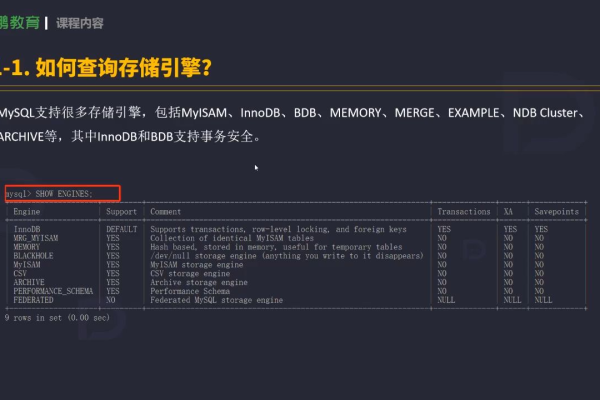如何在MySQL数据库中处理日期和时间格式(年月日)?
- 行业动态
- 2024-12-15
- 3
DATE 或
DATETIME 数据类型来存储日期和时间。插入当前日期和时间的 SQL 语句是:,,“
sql,INSERT INTO my_table (date_column) VALUES (NOW());,“
Mysql数据库时间年月日
在MySQL数据库中,处理日期和时间数据是日常操作的一部分,无论是存储、查询还是格式化显示日期时间,MySQL都提供了丰富的函数和工具来满足这些需求,本文将详细探讨如何在MySQL中使用日期和时间,特别是如何提取和显示年月日格式的数据。
一、创建数据库和表
我们需要创建一个数据库和一个包含日期字段的表,以下是创建数据库和表的SQL代码:
-创建数据库
CREATE DATABASE IF NOT EXISTS my_database;
-选择数据库
USE my_database;
-创建包含日期字段的表
CREATE TABLE IF NOT EXISTS events (
id INT AUTO_INCREMENT PRIMARY KEY,
event_name VARCHAR(100),
event_date DATE
);
上述代码完成了以下几项任务:
1、创建一个名为my_database的数据库(如果尚不存在)。
2、使用USE语句选择该数据库。

3、创建一个名为events的表,包括一个自增的主键id、一个事件名称event_name以及一个日期字段event_date。
二、插入带日期的数据
我们向表中插入一些示例数据,以下是插入数据的SQL代码:
-插入示例数据
INSERT INTO events (event_name, event_date) VALUES
('Project Deadline', '2023-10-01'),
('Team Meeting', '2023-10-10'),
('Hackathon', '2023-10-15');
上述代码向events表中插入了三条记录,每条记录包含一个事件名称和对应的日期。
三、查询并格式化日期输出为“年-月-日”
为了从数据库中获取日期并将其格式化为“年-月-日”的形式,我们可以使用DATE_FORMAT函数,以下是查询并格式化日期的SQL代码:

-查询并格式化日期为“年-月-日”形式 SELECT event_name, DATE_FORMAT(event_date, '%Y-%m-%d') AS formatted_date FROM events;
上述代码使用了DATE_FORMAT函数,将event_date字段的日期格式化为“年-月-日”形式,并将结果列命名为formatted_date。
四、进一步提取年、月、日
除了将日期格式化为字符串外,有时我们可能需要单独提取年、月、日,这时可以使用YEAR()、MONTH()和DAY()函数,以下是提取年、月、日的SQL代码:
-提取年、月、日
SELECT
event_name,
YEAR(event_date) AS year,
MONTH(event_date) AS month,
DAY(event_date) AS day
FROM
events;
上述代码分别使用YEAR()、MONTH()和DAY()函数提取了event_date字段的年份、月份和日期,并将结果列分别命名为year、month和day。
通过以上步骤,我们详细介绍了如何在MySQL中处理日期和时间,特别是如何提取和显示年月日格式的数据,以下是一些常见问题及其解答:
Q1: 如何在MySQL中获取当前日期?

A1: 可以使用CURDATE()函数获取当前日期,不包含时间部分。SELECT CURDATE();。
Q2: 如何在MySQL中将日期转换为时间戳?
A2: 可以使用UNIX_TIMESTAMP()函数将日期转换为时间戳。SELECT UNIX_TIMESTAMP('2023-10-01');。
小编有话说
正确理解和使用MySQL中的日期和时间函数对于数据处理和分析至关重要,通过合理运用这些函数,我们可以高效地处理各种日期和时间相关的任务,从而提升开发效率和数据准确性,希望本文能帮助你更好地掌握MySQL中日期和时间的处理技巧,继续探索MySQL的其他功能,你会发现更多有趣且实用的功能!















